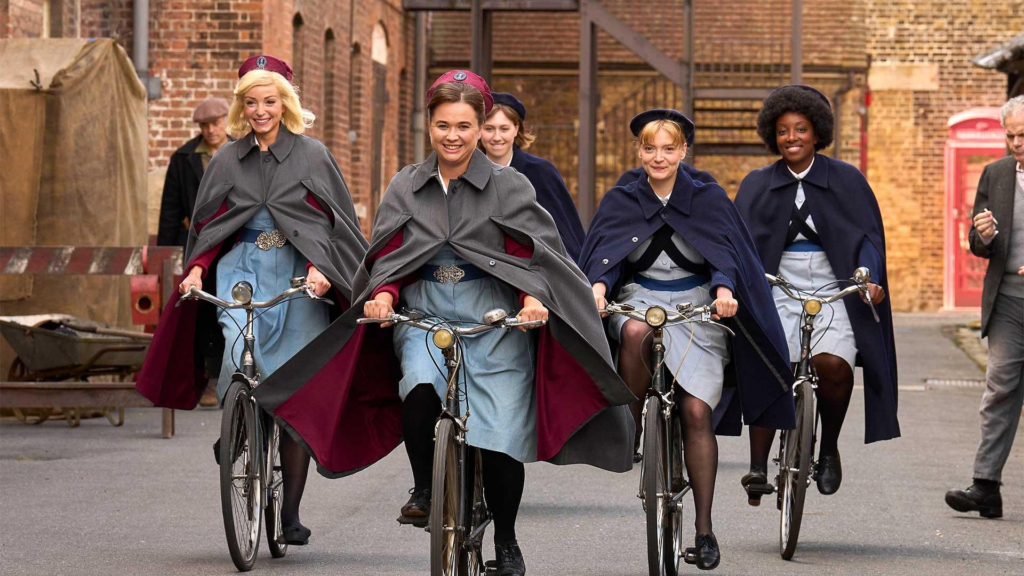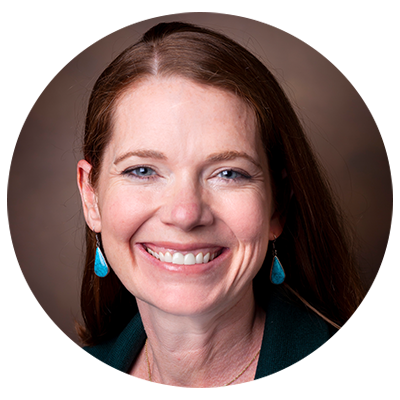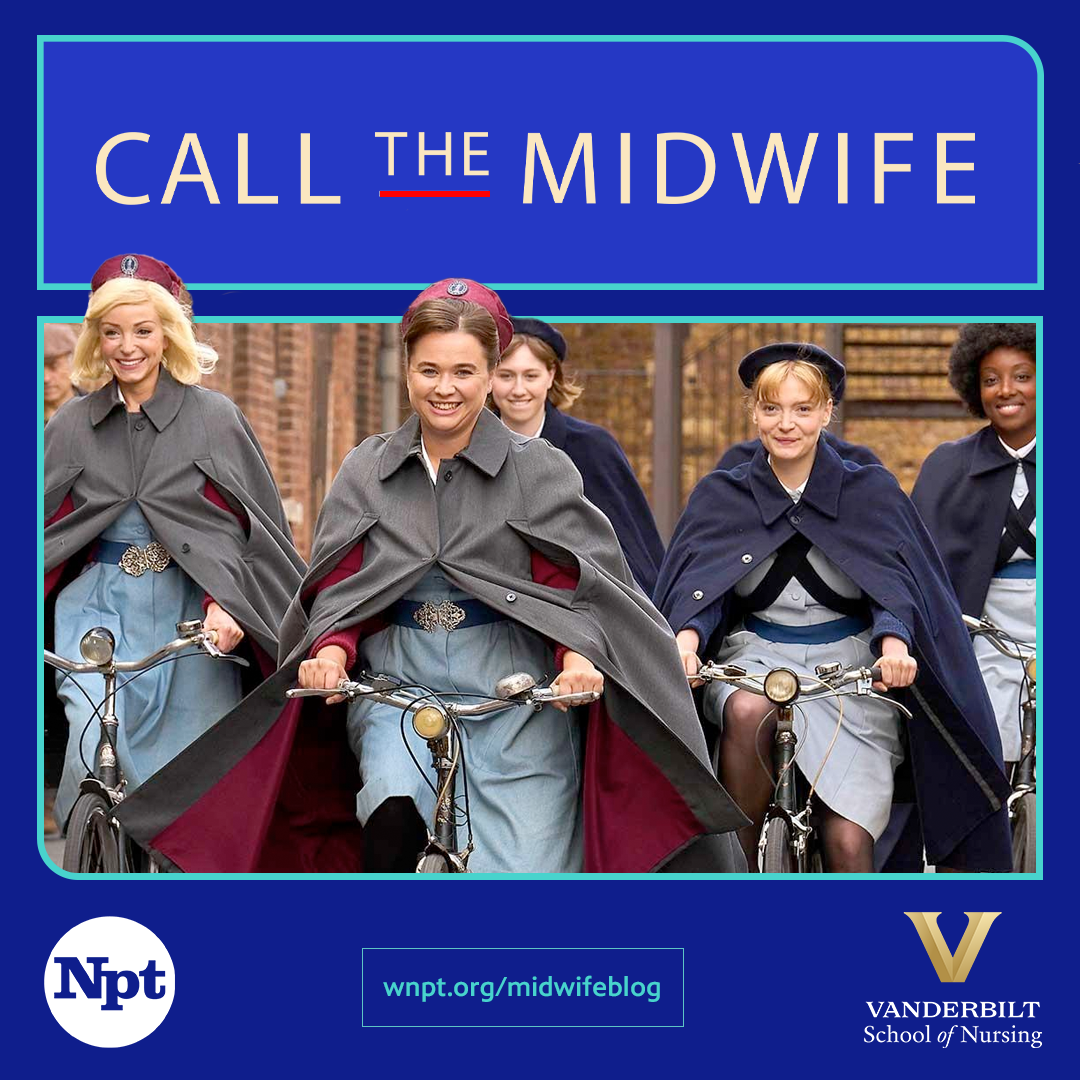
Call the Midwife is back for its 13th season and so are the faculty of the Vanderbilt University School of Nursing to provide historical and contemporary context in a weekly recap blog. Watch the show Sundays at 7 p.m. through May 5. SPOILER ALERT: Some posts may contain plot details.
The Call the Midwife Season 13 opener starts with the promise of spring and it is impossible not to see new life and hope everywhere. This first episode touched on new life in surprising places with the pregnancy of Doreen, a character with cerebral palsy sustained during her own difficult birth. Another layer of her story develops when Sister Julienne learns that she attended Doreen’s birth.
While we know birth can involve poor outcomes that no one expected and no one could control, there is no midwife or obstetric care provider who does not grieve when this occurs. As Sister Julienne and Sister Monica Joan reflected on births in wartime – noting how they had to walk to births because there was too much broken glass for bicycle tires, for example – my heart and mind went immediately to the mothers in Ukraine, in Gaza, in Congo, and the midwives who are doing their best in impossible situations.
Here in Nashville, we are getting ready to send our own midwifery students to hospitals and birth centers across the United States to attend their first births. This is an exciting time of new beginnings for them, and I could see that same thrill in this episode as the apprentice midwives started their work at Nonnatus house.
One of the hardest things for new midwives is to find their “midwife voice,” the one that is a little bossy, the one that says “I need you to do what I am telling you… now.” New midwife Rosalind struggled to find her voice as she helped a mother cope during a difficult labor. When the patient’s husband tried to shoot his way into the apartment, however, Rosalind found that voice and told him exactly what he would do, and how he’d do it.
The Melia birth also saw mother and baby transferring from home to hospital for additional care and monitoring, which is a great example of how community birth can be integrated into larger systems of care to optimize safety.
I’m looking forward to this season of Call the Midwife and the new characters and stories it holds. This first episode includes a few teasers of what’s to come – more births moving into the hospital, concern for poor housing conditions, and a campaign to secure living wages for nurses and health care workers. It all feels very relevant. Flash-forward 50-plus years to modern-day Nashville, where an increasing number of births are happening out of the hospital, but nurses are still fighting for wages that let them live in the community where they work.

Kathleen Danhausen, CNM, attends births at Vanderbilt University Medical Center and the Vanderbilt Birth Center. She is also on the faculty of the Vanderbilt School of Nursing Nurse-Midwifery program.
